ECOSTAN® Briquette Manufacturing: Biomass Briquettes & its Production Process
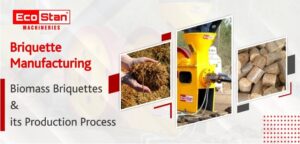
Briquetting is the process of turning waste into fuel logs. Briquettes are a renewable source of energy that comes from waste material. Briquetting Plant uses waste that comes from forests and agriculture farms. In this article, we will discuss the process of making briquettes, using a briquetting machine.
What are biomass briquettes, and how are they produced?
Briquettes are a type of biofuel that is utilized as an energy source in a variety of industries. They are made from flammable biomass material using a biomass briquette machine. These materials are intended to be compressed into little round logs of sufficient size for use as fuel. Typically, biomass briquettes are a waste product that also produces renewable energy. It contributes to lowering carbon footprints and producing electricity from agricultural or forest waste rather than using fossil fuels.
Steps Involved in the Production Process of Biomass Briquettes:
- Collection of Raw-Material
It is one of the significant steps in the process of producing biomass briquettes. The waste material is collected and concentrated in the briquette plant. Biomass waste material is gathered from agricultural farms and forests, which is further utilized as a raw material for briquetting plants.
- Crushing of Raw-Material
Crushing is the next step in the briquette-making process. The raw material is crushed into smaller sizes suited for briquetting machines based on the machine model during this operation. Chipper grinders, shredders, and hammer mills are some of the machines that can be used to crush and grind raw materials; the use of each piece of equipment is determined by the raw material’s in-feed size.
- Drying of Raw-Material
The following stage is to dry the raw material’s moisture content, as briquetting only requires 8-12% moisture content in the raw material. Depending on the moisture level and size of the raw material, flash dryers or rotary dryers are used to remove excess moisture.
- Compacting of Raw-Material
The machine compacts the raw material with a high-pressure mechanical punch and by pressing the raw material into a briquette die throughout this operation. High pressure causes the raw material to release the self-bonding adhesive present in the raw material, which aids in the binding of the material.
- Shaping of Raw-Material
The final step in producing briquettes in a briquette plant is to shape the briquettes into the proper cylindrical shape for use, which is accomplished using dies, split pipes, and briquette cooling lines.
- Packing & Selling of Briquettes
The final briquettes are ready to use once it passes through the cooling line. Briquettes are then sold to the consumers, either packaged or loose, depending on their intended application. The price of the briquettes varies depending on the raw material used to make biomass briquettes.
Conclusion
It is critical to choose a reputable Biomass Solution manufacturer when creating briquettes from leftover waste. Finding an expert briquette plant manufacturer might help you stay ahead of the competition in briquette production. To produce low-cost and high-quality briquettes, you need to perform a general calculation of the machine running cost, wear, and tear parts cost, and lastly, the briquette plant downtime, as these factors can help you calculate the actual briquetting cost.
You can discover a reputable manufacturer and speak with them about your individual needs; a good manufacturer will always recommend the best option. Choosing a competent biomass briquette machine vendor who has experience making briquetting plants can help you. You can pick Ecostan for the highest quality and most up-to-date technology-equipped biomass briquette machine; it has been giving the greatest plants and services to its customers for many years.

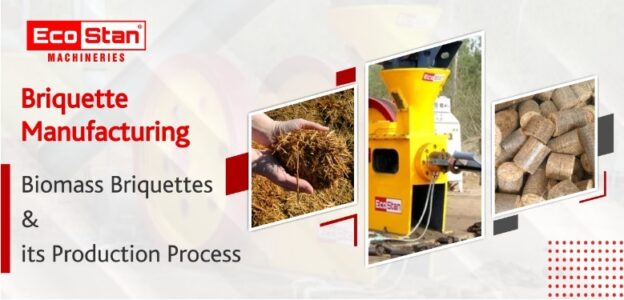
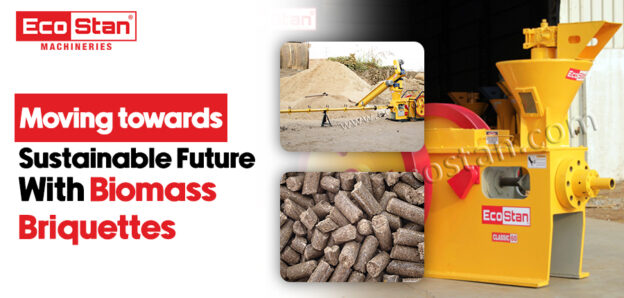
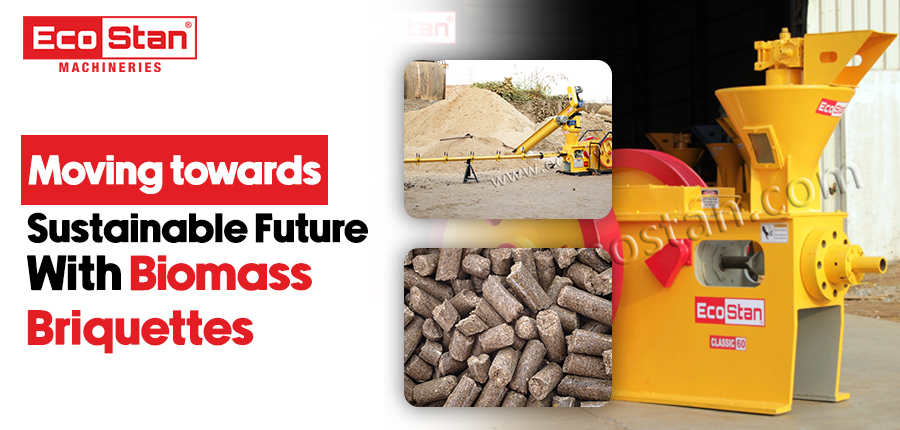
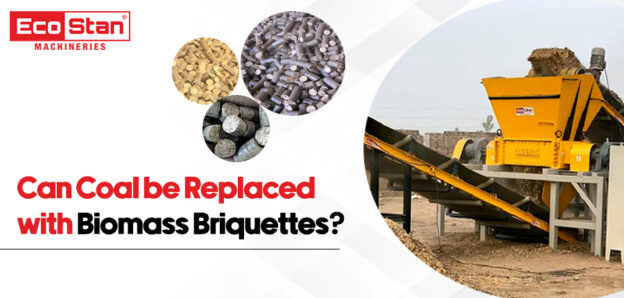
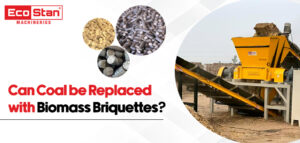
 Click to Play Video
Click to Play Video